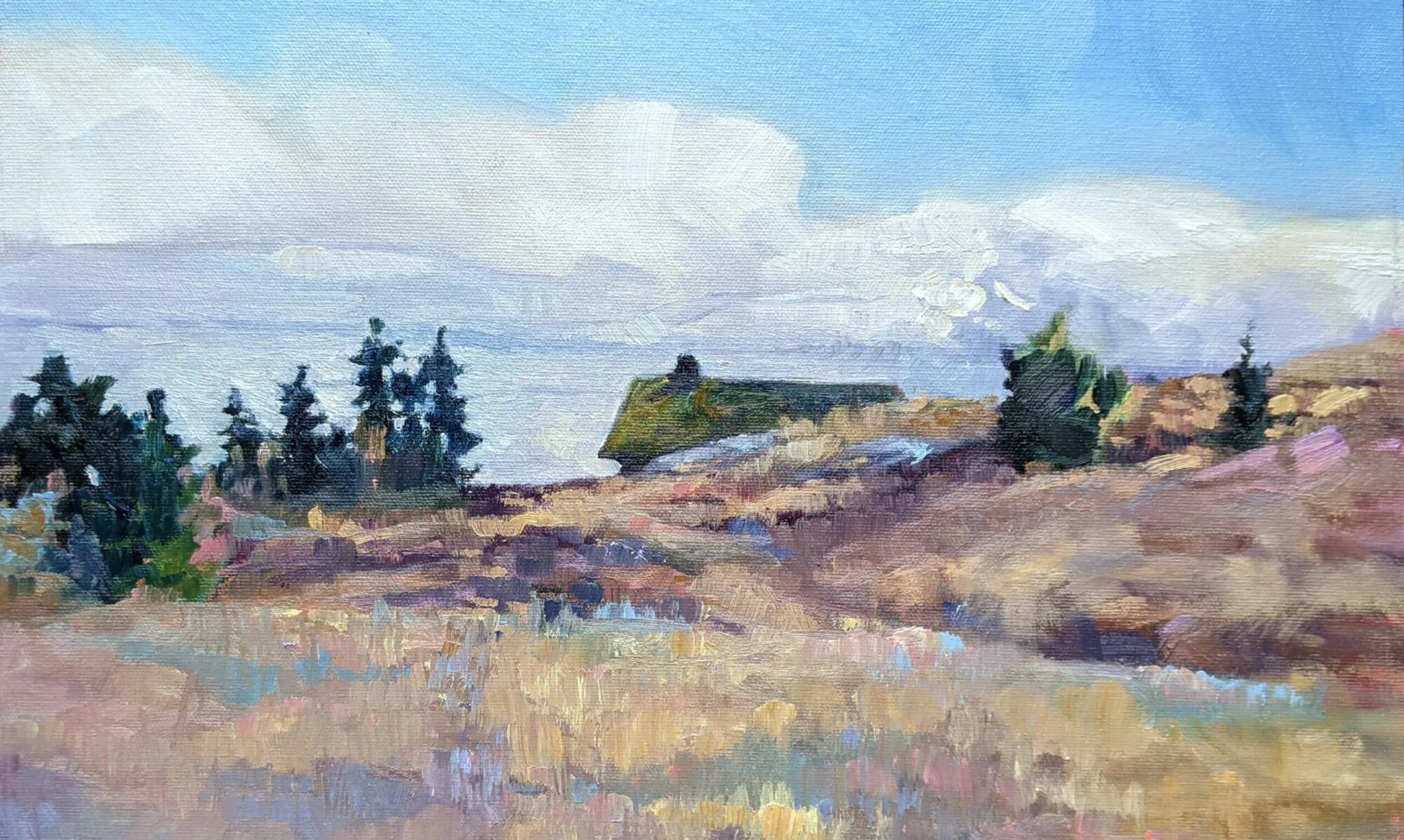 |
|
The Execution of Lady Jane Grey by Paul Delaroche, 1833, was painted three hundred years after the death of Lady Jane, but immediately after the July Revolution of 1830, which deposed the last of the Bourbon monarchs. It uses an old British story to speak obliquely about recent events in France.
|
My friend K Dee recently put together a photostream of portraits of women to “help me remember, in case I ever start to forget, which sort of female image I find reflects a healthy civil society, and which I do not.” This week I’m responding to that by writing about great dames in history.
The void left after the death of Edward VI in England became an opportunity for a remarkable series of women to chase after the crown. Intending to keep it out of Catholic hands, young Edward had named his teenaged first cousin, Lady Jane Grey, as his successor.
She was married into a family of power brokers. Her brother-in-law would become Queen Elizabeth’s close companion, confidant and, possibly, lover. Her father-in-law, the Duke of Northumberland, was the principle power broker in her rise and fall.
Lady Jane later wrote that she accepted the crown only with reluctance, and it certainly appears that she was a pawn in a game organized by others. Northumberland moved quickly to consolidate his power, but Mary moved even faster. The Privy Council switched sides, naming Mary the queen and imprisoning Jane and her husband. Northumberland, Lady Jane, and her husband were executed.
 |
|
Portrait of Mary Tudor by Antonis Mor, 1554. Whatever else you might say about the Tudors, they had fantastic portrait painters working in their courts.
|
Mary I of England comes down to us with the sobriquet of “Bloody Mary” for her violent suppression of Protestants: she had almost three hundred of them burned alive at the stake. But she should also be remembered as the first successful British female monarch. She was succeeded by her sister, Elizabeth I, arguably the greatest woman ruler in history.
One more claimant to the English throne deserves mention. Mary, Queen of Scots was the only surviving legitimate child of King James V of Scotland, and a constant thorn in Elizabeth’s side. She was also a Tudor cousin, and Elizabeth vacillated between wanting to name her as her heir and wanting to kill her.
 |
|
Portrait of Mary Stuart, 1578-79, by Nicholas Hilliard. The mount was done in the next century; the painting is watercolor on vellum.
|
Mary was six days old when her father died and she ascended to the Scottish throne. She spent most of her childhood in France. At the age of sixteen she married the Dauphin, who in short order left her widowed.
She returned to Scotland. Four years later, she married her first cousin, Lord Darnley, another aspirant to the English throne. While his scheming character may have attracted her at first, it eventually dawned on Mary that he was a threat to her well-being. Darnley was killed when his home was bombed. The prime suspect, the Earl of Bothwell, married Mary one month after he was acquitted.
It was typical of Mary’s career that she would act impetuously, with disastrous results. Denounced as an adulteress and murderer, she was imprisoned and forced to abdicate the Scottish crown in favor of her infant son.
Mary escaped from prison and raised an army, which was defeated. She fled to England, expecting her cousin Elizabeth to help her regain her throne. Elizabeth promptly parked Mary in the Yorkshire countryside and opened an inquiry into Darnley’s murder. Elizabeth ensured that no verdict was ever reached, and Mary spent several years in sumptuous imprisonment in England.
That didn’t prevent her from plotting against her cousin, however, who remained curiously reluctant to deal with her in the decisive Tudor manner. Finally, in 1587, Mary was tried and convicted of treason. Elizabeth’s Privy Council ordered her swift execution, and her career was at an end.
Let me know if you’re interested in painting with me in Maine in 2014 or Rochester at any time. Click here for more information on my Maine workshops!




























